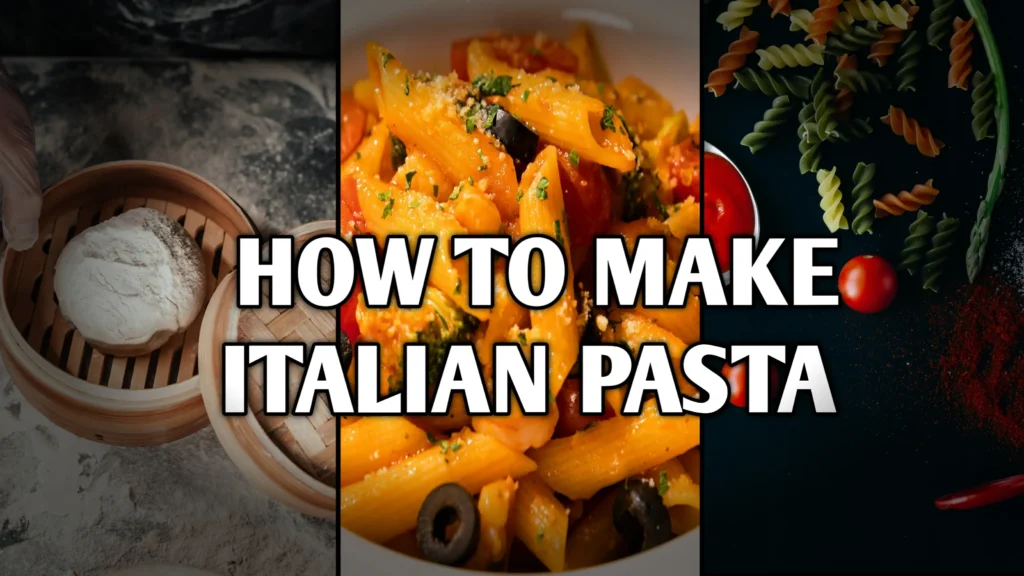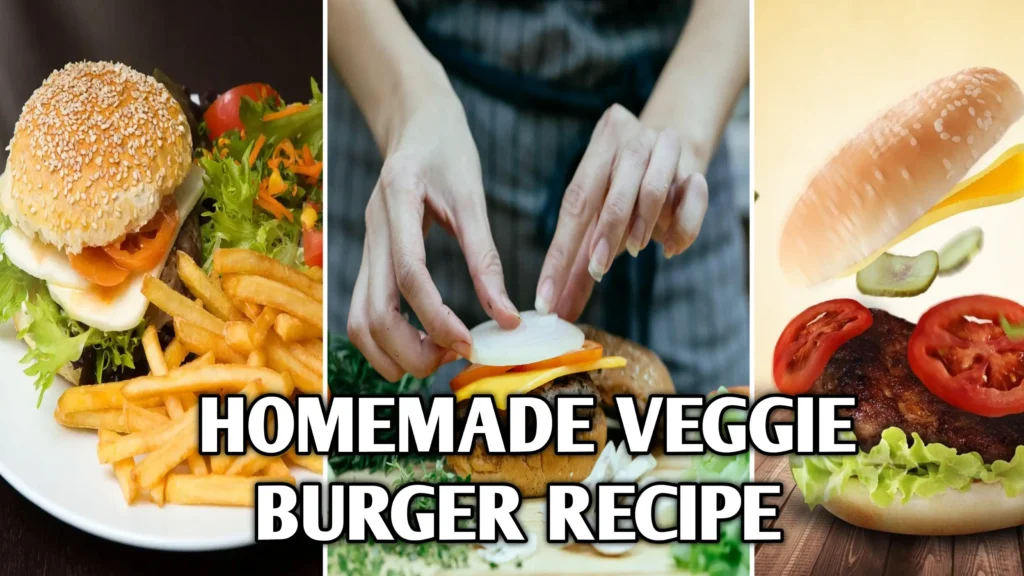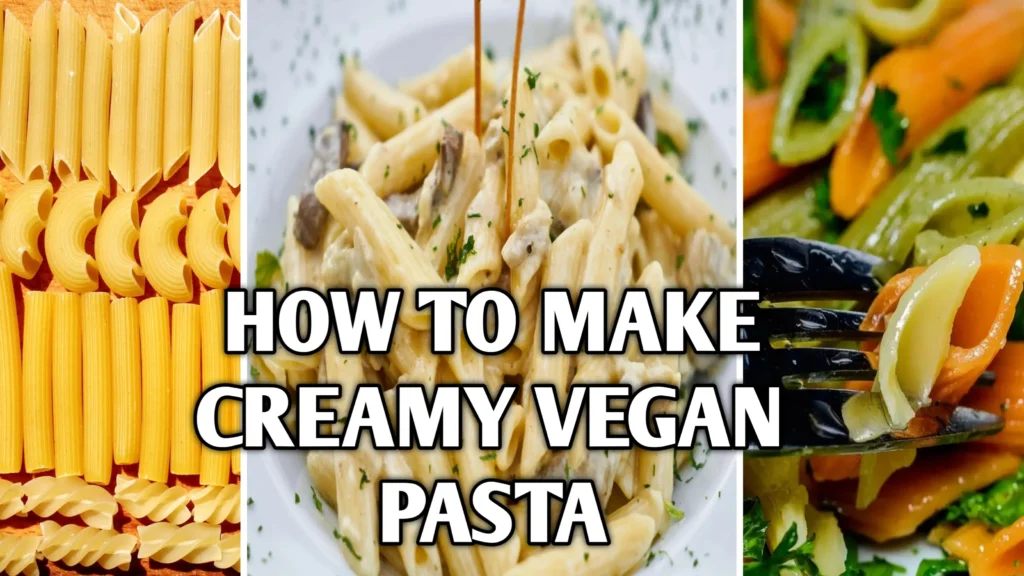
Introduction
Imagine pulling a golden-brown, paper-thin slice of pizza from your home oven—its edges crackle as you lift it, the tangy aroma of homemade pizza sauce rising in the air, and the bright colors of sautéed bell peppers, zucchini ribbons, and cherry tomatoes beckoning your first bite. That mouthwatering moment is within your grasp with this ultimate thin crust pizza recipe, designed for beginners and seasoned cooks alike. Over the next chapters, you’ll discover every detail—from choosing the perfect flour to mastering high-heat baking, plus advanced techniques, reader success stories, and digital tools to streamline your process. Let’s embark on a culinary adventure that redefines weeknight cooking and elevates pizza night to new heights! 😊
The Allure of a Perfect Thin Crust Pizza Recipe
A true thin crust pizza recipe thrives on contrast: a delightfully crisp base that shatters with each bite, topped with silky sauce and vibrant vegetables. Unlike thick-dough pies that fill you quickly, a paper-thin crust showcases the quality of every ingredient. The crackly foundation allows the bright flavors of homemade pizza sauce and seasonal veggies to shine, while remaining light enough to savor multiple slices without heaviness. When you master this thin crust pizza recipe, you unlock endless possibilities—from minimalist Margherita-style simplicity to inventive toppings that celebrate local produce. The secret? Balancing precise hydration in the dough with intense oven heat to achieve that signature leopard-spotted char and tender crumb beneath.
Selecting Ingredients for Your Vegetarian Thin Crust Pizza
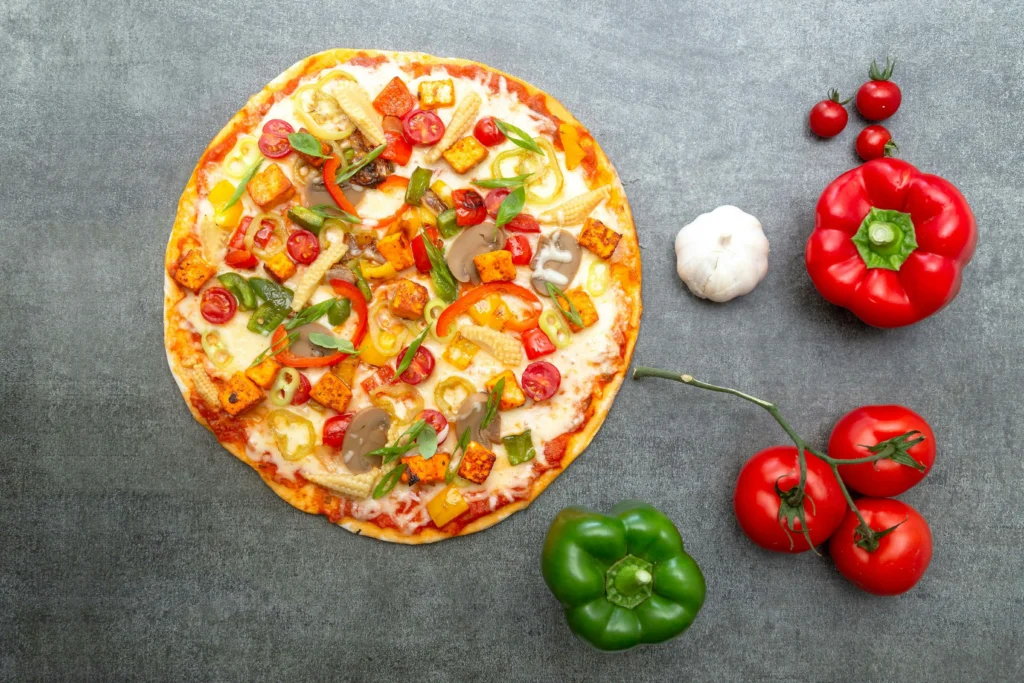
Every stellar thin crust pizza recipe begins at the market. For the dough, choose high-protein flours—bread flour or Italian “00” flour—offering the gluten strength necessary for a crisp, yet pliable crust. When crafting your homemade pizza sauce, canned San Marzano tomatoes deliver ideal sweetness and low acidity; in season, fresh plum tomatoes work beautifully. A drizzle of extra-virgin olive oil, garlic, and a pinch of red pepper flakes build depth and complexity, ensuring your sauce complements rather than overwhelms your vegetables.
Select toppings that balance moisture and texture. Thinly sliced bell peppers, zucchini, red onion slivers, and baby spinach bring vibrant color and nutrients without weighing down the crust. To keep things fully vegetarian, opt for plant-based mozzarella or part-skim fresh cheese. If using very juicy veggies—like mushrooms or fresh tomatoes—toss them in a light coating of oil and roast briefly to drive off excess moisture. By curating premium ingredients, your thin crust pizza recipe transcends ordinary dinner to become a culinary highlight.
Crafting the Ultimate Easy Thin Crust Pizza Dough
A simple thin crust pizza recipe dough calls for just flour, water, salt, and yeast. Begin by proofing ½ teaspoon of active dry yeast in ¾ cup (180 ml) of warm water (110 °F/43 °C) until foamy (5–10 minutes). Meanwhile, whisk together 2 cups (250 g) of bread flour (or a 50/50 blend with “00” flour) and 1 teaspoon of fine sea salt. Pour in the yeast mixture and stir until a shaggy dough forms; add 1 tablespoon of olive oil to enrich flavor and improve extensibility.
Turn the dough onto a floured surface and knead for 8–10 minutes until smooth and elastic. Proper gluten development is vital for a reliable thin crust pizza recipe that won’t tear under toppings. Form the dough into a ball, coat lightly with oil, place in a covered bowl, and let rise at room temperature for 1–1.5 hours. For deeper flavor, refrigerate (cold ferment) for 8–24 hours—this slow process yields superior taste and texture. After proofing, divide into two equal portions, shaping each into a tight ball; rest under a damp cloth for 20 minutes before stretching into 10–12-inch discs.
Simmering Flavorful Homemade Pizza Sauce
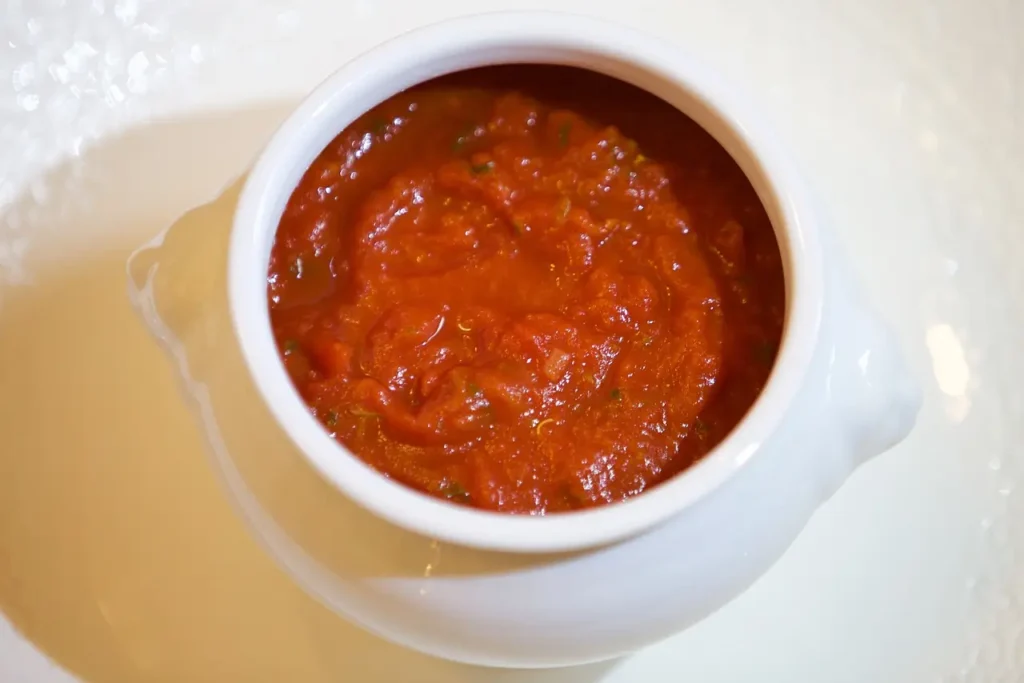
Your thin crust pizza recipe reaches its apex when paired with vibrant homemade pizza sauce. For a bright, balanced base, gently simmer one 14-ounce can of crushed San Marzano tomatoes with 2 minced garlic cloves, 1 teaspoon dried oregano, ½ teaspoon sea salt, and a splash of olive oil for 15–20 minutes. Taste and adjust: a pinch of sugar or a dash of balsamic vinegar can mellow acidity, while fresh basil torn into the sauce at the end adds aromatic freshness.
For texture variations, hand-crush whole peeled tomatoes or pulse briefly in a blender to retain small tomato bits. Straining seeds and skins yields a silky, restaurant-style finish. Always allow your sauce to cool completely before applying to dough; hot sauce can steam the crust mid-bake, undermining the crisp integrity of your thin crust pizza recipe. Once mastered, this sauce becomes the cornerstone of countless veggie pizzas with homemade sauce, and you’ll return to it time and again. 🍅
Assembling and Baking Your Vegetarian Thin Crust Pizza
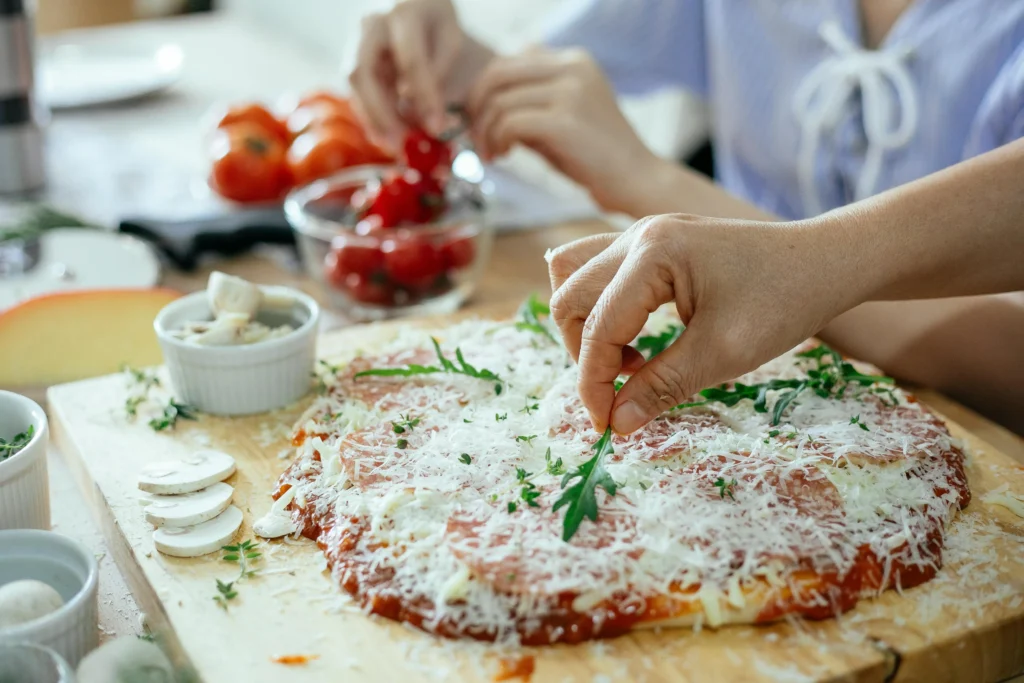
Preheat your oven to its maximum (500–550 °F/260–290 °C) at least 30 minutes before baking. If available, place a pizza stone or steel on the middle rack to mimic professional ovens. Lightly dust your work surface and pizza peel with semolina or rice flour to prevent sticking.
Gently stretch one dough ball into a 10–12-inch circle, rotating and pulling at the edges to preserve an airy center. Transfer to the peel, then spread ¼–⅓ cup of cooled homemade pizza sauce, leaving a ½-inch border. Layer a thin base of shredded plant-based or part-skim cheese, then arrange your vegetables: bell pepper strips, zucchini ribbons, red onion slices, and halved cherry tomatoes. Finish with fresh basil leaves or oregano sprigs and a drizzle of olive oil.
Slide the pizza onto the hot stone and bake 8–10 minutes, rotating halfway through for even browning. Look for leopard-spotted char on the crust edges and bubbling cheese. Once baked, transfer to a wire rack for 1–2 minutes—this prevents steam buildup and keeps the bottom crisp. Slice with a sharp wheel, garnish with fresh herbs or chili oil, and serve immediately. 🔥
Advanced Tips to Elevate Your Thin Crust Pizza Recipe
Once you’ve mastered the fundamentals, experiment with these advanced strategies to take your thin crust pizza recipe to the next level:
- Cold Fermentation (48–72 hours): Develops complex, nutty flavors and a superior crust structure.
- Hydration Tweaks (65–70%): Increase water ratio to flour weight for an open crumb and blistered crust.
- Leavening Blends: Combine instant yeast with a stiff sourdough starter for nuanced tang and texture.
- Flavored Crust Edges: Infuse olive oil with chili, garlic, or herbs and brush the rim pre-bake for extra aroma.
These refinements transform a reliable thin crust pizza recipe into a showstopper worthy of any restaurant menu.
Regional Origins and Global Variations
Neapolitan & Roman Traditions
The original thin crust pizza recipe hails from 18th–19th-century Naples, where pizzaioli baked flatbreads topped with tomatoes and cheese in wood-fired ovens at 900 °F/480 °C in under 90 seconds. The result: a puffy cornicione (rim) and a tender, slightly charred center. In Rome, pizzaioli stretch the dough even thinner and brush with oil for uniform crispness, showcasing subtle variations on the same culinary theme.
New York & International Adaptations
Italian immigrants brought their pizza craft to New York City, where high-gluten flours and gas ovens produced a chewier, foldable thin crust pizza recipe. Today, chefs worldwide reinterpret the form, topping with regional ingredients—paneer and curry spices in India, muhammara and labneh in the Middle East, or salsa verde and avocado for a Mexican twist. These global variations highlight the versatility and universal appeal of a well-executed thin crust pizza recipe. 😊
Alternative Baking Methods for Your Quick Thin Crust Pizza Recipe
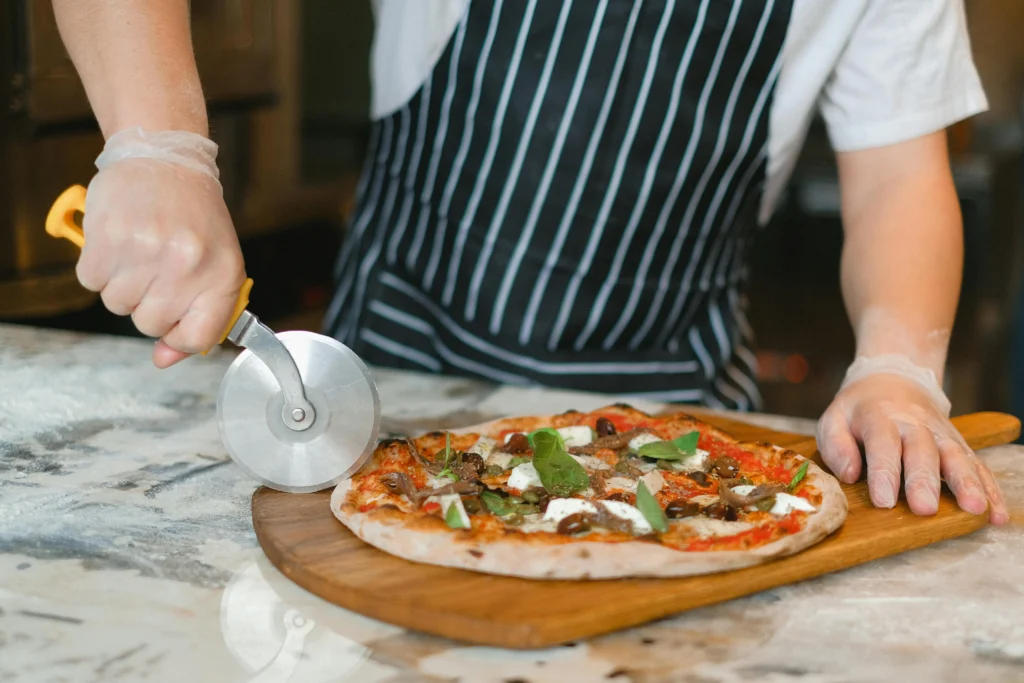
Grilling Technique
A grill can replicate the intense heat of a pizza oven. Preheat gas or charcoal to 600–700 °F/315–370 °C. Stretch your easy thin crust pizza dough, place dough-side down on the grates for 1–2 minutes until charred, flip, add sauce and toppings, then close the lid for 3–4 minutes until cheese bubbles. Grilling infuses a smoky dimension and speeds the process—ideal for outdoor gatherings.
Portable & Countertop Pizza Ovens
Countertop ovens like Ooni or Roccbox heat to 800–950 °F/425–510 °C, recreating wood-fired conditions. Preheat for 30–45 minutes and rotate pies every 30–45 seconds to achieve even char. Indoor ovens with stones still perform admirably, but outdoor units offer the highest temperatures and authentic flavor.
🍕 Looking for Healthier or Gluten-Free Pizza Crusts?
Say goodbye to traditional dough! Explore creative and tasty alternative pizza crust ideas—from cauliflower to sweet potato—that fit your diet and still deliver on flavor.
🍕 Discover Alternative Pizza CrustsFlavor Innovations: Seasonal and Fusion Toppings
Seasonal Vegetable Pairings
Celebrate nature’s bounty with seasonal toppings: asparagus and lemon-zest ricotta in spring; heirloom tomatoes and basil ribbons in summer; roasted butternut squash and sage in autumn; braised kale and whipped goat cheese in winter. Each season brings new inspiration for your thin crust pizza recipe.
International Fusion Inspirations
Push creative boundaries by integrating global flavors: top an Indian–style pie with curried tomato sauce, paneer cubes, and cilantro; craft a Middle Eastern variation with muhammara, artichoke hearts, and za’atar; or assemble a Mexican–inspired pizza with salsa verde, black beans, corn, queso fresco, and avocado. These inventive combinations showcase the adaptability of your thin crust pizza recipe and ignite culinary exploration. 🌍
Troubleshooting Common Thin Crust Pizza Recipe Challenges
Even seasoned cooks encounter setbacks. If your dough tears, let it rest under a damp cloth for 10 minutes to relax gluten. A soggy center often means over-saucing—reduce sauce volume or prebake the crust for 1–2 minutes. Burnt edges? Lower the rack or reduce temperature by 25–50 °F (15–30 °C). If your sauce tastes flat, add a pinch of sugar or a splash of balsamic vinegar. Each hurdle refines your expertise and brings you closer to pizza perfection. 😊
🍕 Master the Art of Pizza Dough in 2025
Want to create the perfect homemade pizza crust? This step-by-step guide breaks down how to make the best pizza dough from scratch using simple, beginner-friendly techniques.
🍽️ Try the Perfect Pizza Dough Recipe🍴 Also check out our Cooking Guides for more hands-on vegetarian recipes!
Nutritional Profile & Health Benefits
A thoughtfully composed thin crust pizza recipe can fit seamlessly into a balanced diet. Opting for whole-wheat flour, light homemade pizza sauce, and abundant vegetables delivers fiber, vitamins A and C, and phytonutrients, while keeping calories moderate. Plant-based or part-skim cheese reduces saturated fat, and protein-rich toppings like spiced chickpeas or tempeh support muscle maintenance. Compared to thick-crust or deep-dish variants, this vegetarian thin crust pizza maximizes topping-to-crust ratio for a nutritionally superior slice.
Pairings, Hosting, and Community Engagement
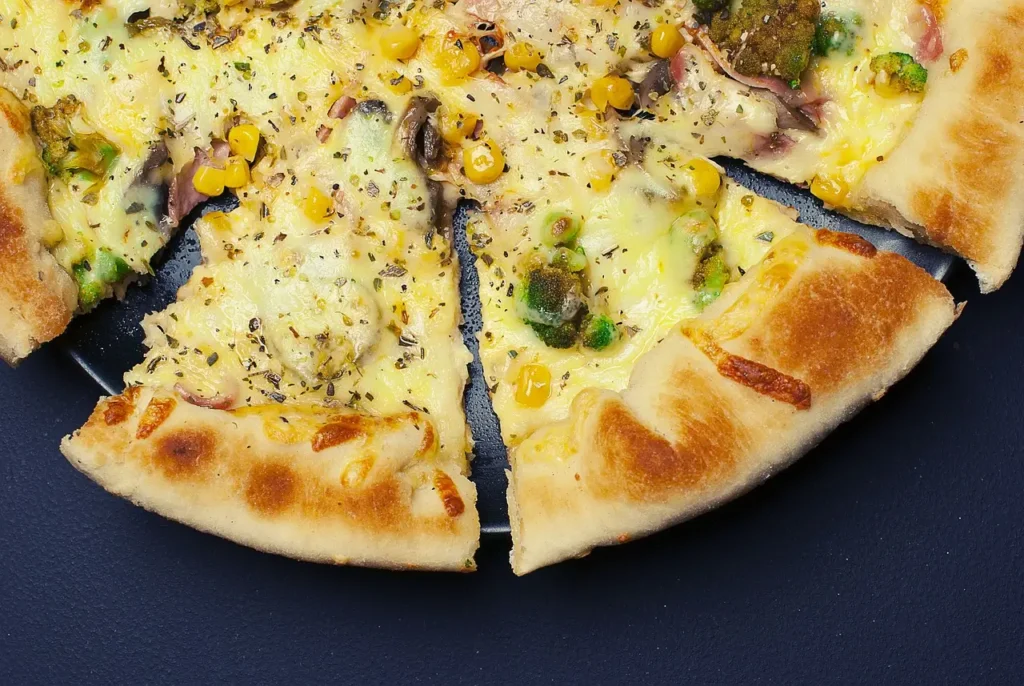
Beverage & Side Pairings
Complement your quick thin crust pizza recipe with a crisp Sauvignon Blanc or dry rosé for herb-forward pies, or an amber ale for heartier toppings. Non-alcoholic options like sparkling water with citrus or kombucha refresh the palate. Serve a simple arugula salad dressed in lemon and olive oil or grilled vegetable skewers to round out the meal without overshadowing your pizza.
Hosting a DIY Pizza Party
Transform your space into a pizza studio. Provide pre-stretched discs of easy thin crust pizza dough, bowls of homemade pizza sauce, and assorted toppings. Encourage guests to roll their own, then bake in batches. This interactive experience highlights your perfected thin crust pizza recipe and fosters communal fun.
Reader Challenges
- Create a new seasonal veggie pizza each month and share on social media with #MyThinCrustChallenge.
- Host a bi-monthly pizza swap—invite friends to bring unique thin crust pizza recipes to taste.
- Experiment with a 72-hour cold ferment and document flavor differences in your cooking journal.
By embracing these challenges, you’ll continuously refine your technique and deepen your appreciation for the art of the thin crust pizza recipe.
Quick Tips & Key Takeaways
Quick Tips
- Preheat your stone or steel for at least 45 minutes.
- Use semolina or rice flour on your peel to prevent sticking.
- Hand-stretch dough to preserve air pockets.
- Keep sauce light—excess moisture ruins crispness.
- Flash-freeze leftovers on a sheet pan before bagging.
Key Takeaways
- Quality ingredients and high heat are the foundation of any stellar thin crust pizza recipe.
- Homemade pizza sauce enhances flavor and nutrition.
- Advanced techniques (cold fermentation, hydration tweaks) unlock professional results.
- Seasonal and fusion toppings keep your pizzas exciting.
- Digital tools like PizzaStoneApp and Paprika streamline scheduling and scaling.
Frequently Asked Questions (FAQ)
2. How do I adjust hydration in my easy thin crust pizza dough?
Start at 65% hydration (water weight/flour weight). Increase by 2–3% increments if the dough feels dry, up to 70% for a more open crumb—be prepared for a stickier dough.
3. What’s the secret to a leopard-spotted crust?
Ensure maximum surface heat: preheat stone or steel for at least 45 minutes at your oven’s highest setting and rotate pizzas frequently, avoiding door openings early in the bake.
4. How can I prevent sogginess with juicy toppings?
Toss mushrooms or fresh tomatoes lightly in oil and roast for 5 minutes before assembly. This removes excess moisture and intensifies flavor.
5. Are there vegan cheese alternatives that melt well?
Absolutely. Nut-based or tapioca-starch vegan mozzarellas—such as those from Violife or Miyoko’s—melt and stretch effectively, replicating dairy cheese’s texture without animal products.
Conclusion
Congratulations on completing your journey through the art of crafting the ultimate thin crust pizza! With this comprehensive, step-by-step blueprint, you now have the tools, techniques, and secrets to elevate your pizza-making skills to professional levels. From carefully selecting the finest ingredients to perfecting your dough technique, mastering that signature sauce, experimenting with innovative baking methods, and putting your personal spin on toppings, each slice you pull from your oven is not just a meal but a testament to your growing expertise.
This pizza-making adventure is only just the beginning. Whether you’re aiming to impress family and friends or challenge yourself with more advanced recipes, you now have the knowledge to transform any pizza night into an unforgettable culinary experience. But why stop here? The world of pizza is vast and exciting, with endless possibilities for creative expression. As you continue to explore new flavor combinations, you’ll find that each pie you bake is an opportunity to perfect your skills and share your love for pizza.
To take your pizza-making to the next level, we invite you to download our free “30-Day Pizza Mastery” workbook, packed with advanced tips, tricks, and challenges designed to push your culinary boundaries. It’s the perfect companion to guide you through a month of pizza exploration, offering expert guidance to help you refine your craft even further.
But that’s not all! Join our vibrant online pizza-making community, where like-minded enthusiasts share their creations, tips, and success stories. Whether you’re a beginner or a seasoned pro, there’s always something new to learn and experience when you connect with fellow pizza lovers. Share your triumphs, troubleshoot challenges, and celebrate the joy of crafting pizzas that are truly your own.
And don’t forget about our exciting monthly feature: submit your signature creation for a chance to be showcased in our next newsletter! This is a fantastic opportunity to have your pizza featured, get recognition for your culinary skills, and inspire others with your unique creations.
The world of pizza is full of infinite possibilities, and with your newfound knowledge and resources, there’s no limit to what you can create. So, roll up your sleeves, fire up that oven, and let your pizza journey continue to evolve with each delicious slice. We can’t wait to see what incredible pizzas you’ll create next!

